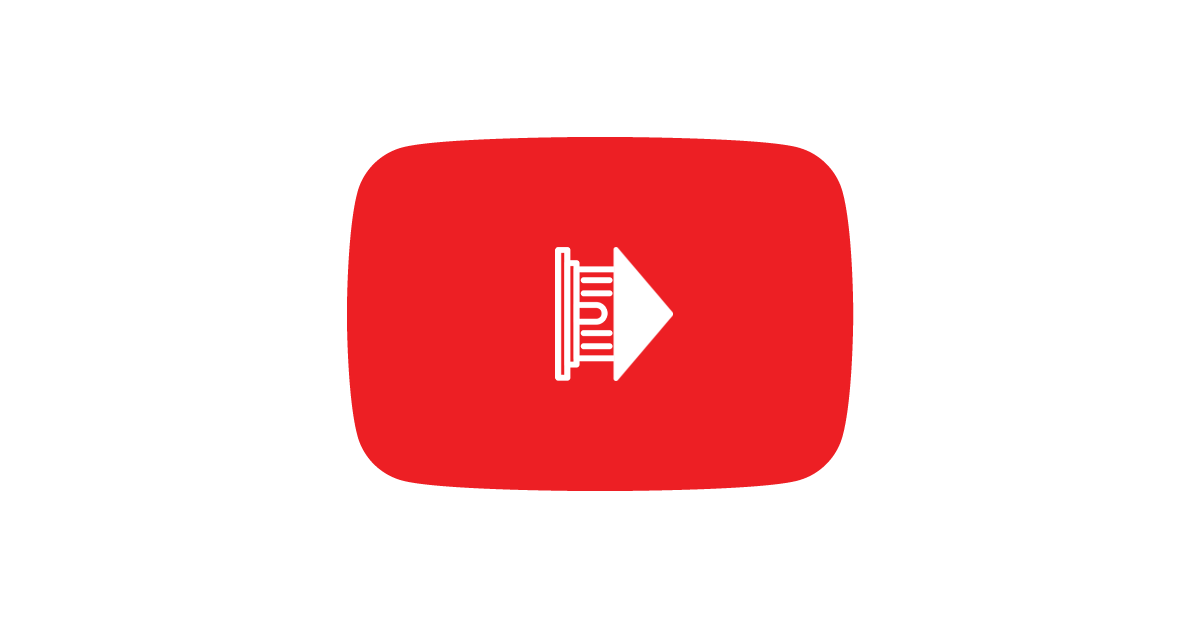
Today’s Morning Buzz is brought to you by Warren Kagarise, digital engagement manager for King County, WA. Connect with Warren on LinkedIn and Twitter/X.
What I’m Reading: A look back at the top social media trends of 2023. Thinking about the Grimace Shake is my Roman Empire.
What I’m Watching: YouTube, of course. Mostly on TV, like more than 130 million other U.S. viewers.
What I’m Doing: Preparing for the next cohort of Morning Buzz contributors to start in January 2024. Interested? If you want to write for Morning Buzz, we want to hear from you!
The focus in social media is always on the Next Big Thing — the next Facebook, the next Instagram, the next TikTok. What if the Next Big Thing is instead almost 19 years old and already inescapable across our phones, TVs, and other devices?
YouTube, our shared destination for how-to instructions, funny animals, and product reviews, is a beast. (Not to be confused with MrBeast.) Despite the platform’s longevity, reach, and potential, many public agencies treat YouTube as a repository for public meetings and other eat-your-vegetables content.
YouTube’s presence in the U.S. is vast, with more than 200 million adults using the platform. Yet, as government communicators, we tend to direct our energy and resources elsewhere, treating different platforms as ways to narrowcast to the different demographics in our communities. Facebook for baby boomers. Instagram for millennials. TikTok for Gen Z.
Pew Research Center, a nonpartisan think tank, ranks YouTube as the most-used social platform among U.S. adults. YouTube use cuts more deeply across ethnicity, education, and income than any other social platform. By the overall numbers, only Facebook comes close.
Gen Z’s connection to Instagram and TikTok is undeniable, but Pew’s most recent data shows YouTube is the most-used platform among 13- to 17-year-olds, followed by TikTok, Snapchat, and Instagram.
YouTube use is highest among people under 30, with 95% of people 18 to 29 using the platform, along with 91% of people 30 to 49, and 83% of people 50 to 64. YouTube is not as popular among people 65 and older; only 49% report using the platform, according to Pew. (For context, social media use among people 65 and older lags other age groups but the trend is changing.)
YouTube use is a daily routine among 54% of users, with 36% visiting the platform several times a day, according to Pew. For many of us, YouTube consumption is replacing traditional TV viewing.
Yet the reception among public agencies is less enthusiastic.
Facebook remains the most-used platform among government agencies nationwide, followed by Twitter/X, Instagram, and then YouTube at No. 4. The data, from the most recent CivicPlus State of Social Media in the Public Sector report, shows 98.5% of respondents use Facebook for official agency communications, 76.3% use the platform then known as Twitter, 71.6% use Instagram, and 68.7% use YouTube.
Surprisingly, respondents ranked YouTube as the second least-valuable platform in the previous survey. (YouTube disappeared from the least-valuable list in 2022 when Twitter again claimed the top spot.) Still, only 2.5% of respondents ranked YouTube as the most-valuable platform in 2022.
I understand the skepticism. I am old enough to remember the platform’s Diet-Coke-and-Mentos-fueled early days, back when user-generated content helped make You the 2006 Time Person of the Year. But, as a government communicator with a diverse audience to reach, YouTube’s cross-generational appeal is difficult to ignore.
Thankfully, in recent years many public agencies embraced YouTube and received enthusiastic responses from audiences.
On the local level, Angelica Wedell wrote in this space about the 10 local government YouTube channels to watch. Among federal agencies — a bowlful of alphabet soup representing NASA, EPA, and CPSC, to name a few — several use YouTube as a key engagement tool.
The public agency responsible for changing how I thought of YouTube is the City of Provo, UT. (Specifically, with a zany video about bad sportsmanship.)
Though often treated as a video library by public agencies, YouTube is a versatile platform where you can experiment with long- and short-form content. As we look ahead to next year, many social strategists remain bullish on Shorts, YouTube’s TikTok clone.
While TikTok makes headlines for changing how people use search, YouTube made the same inroads long before TikTok emerged from Musical.ly. YouTube is a search-driven platform — just like corporate sibling Google — where new viewers can stumble across your content unexpectedly.
YouTube may also serve as a gateway to your other accounts. Per Hootsuite, 99% of YouTube users also use other social platforms. Fortunately, your agency is already prepared for the Next Big Thing.
